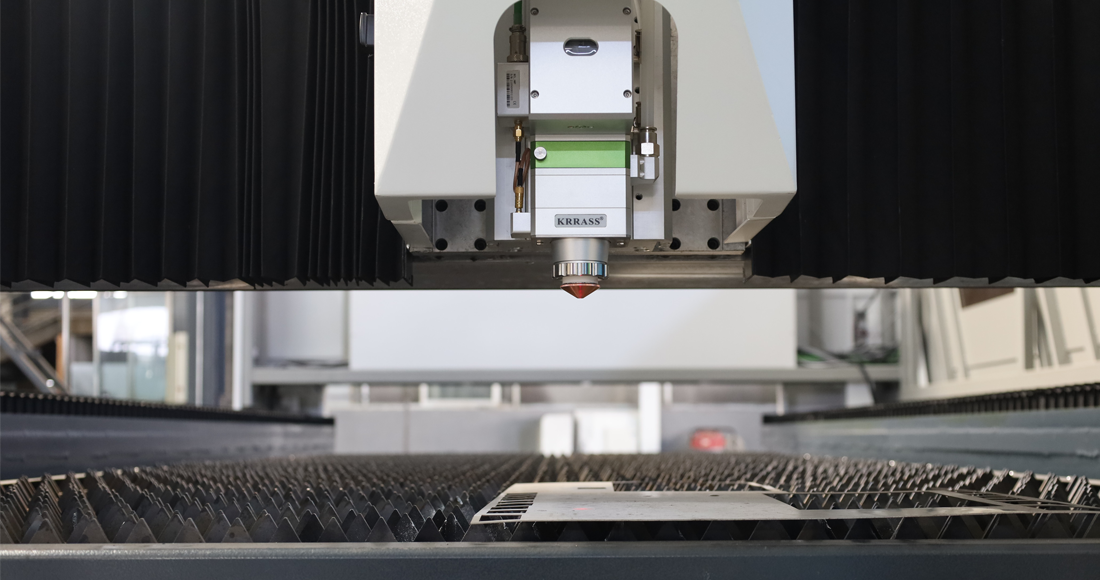Welcome to the cutting-edge world of laser technology, where precision meets efficiency. In the realm of manufacturing, the choices between Tube Laser Cutting and Fiber Laser Cutting are pivotal. Let's embark on a journey to explore the nuances of these methods and guide you towards making informed decisions for your projects.
1. Definition of Tube Laser Cutting
When delving into the realm of precision manufacturing, one term that frequently surfaces is "Tube Laser Cutting." This cutting-edge technology has revolutionized the way manufacturers process tubes, offering unparalleled accuracy and efficiency in various industries.
At its core, tube laser cutting involves the use of advanced laser systems to precisely cut through tubes made of diverse materials such as metal, plastic, or composite materials. The process is guided by computer numerical control (CNC), allowing for intricate designs and complex geometries to be achieved with remarkable precision.
How Tube Laser Cutting Works:
1. Laser Beam Emission: The process begins with the emission of a highly concentrated laser beam.
2. Material Alignment: The tube is accurately aligned, ensuring precise cutting along the desired path.
3. Laser Cutting: The laser beam, controlled by CNC, cuts through the tube material with exceptional precision.
4. Result: The end product is a precisely cut tube with smooth edges, ready for further processing or assembly.
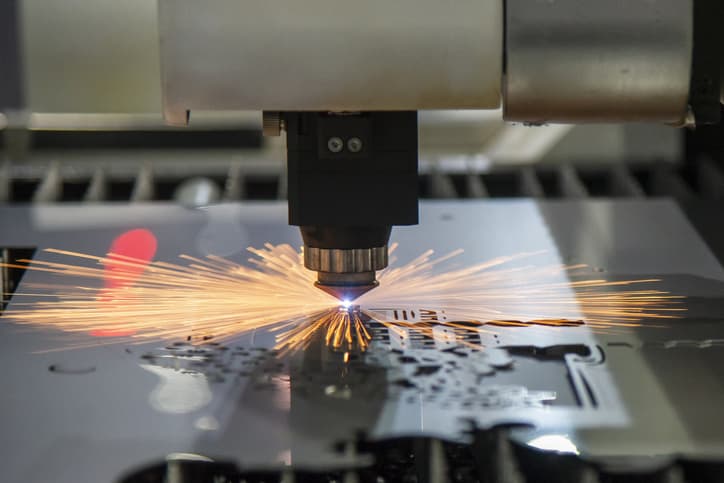
2. Definition of Fiber Laser Cutting
Embarking on the journey of precision manufacturing, another cutting-edge technique that commands attention is fiber laser cutting. This method, like tube laser cutting, utilizes laser technology but with a unique twist that sets it apart in the world of industrial cutting.
The Essence of Fiber Laser Cutting:
1. Fiber Laser Source: Unlike traditional CO2 lasers, fiber laser cutting employs a fiber-optic source for the laser beam.
2. High Precision: The concentrated laser beam ensures an exceptionally small focal spot, allowing for intricate and highly precise cuts.
3. Material Versatility: Fiber lasers can effortlessly cut through various materials, including metals, plastics, and composites, making them versatile in industrial applications.
4. Speed and Efficiency: Fiber laser cutting is known for its rapid processing speed, contributing to increased efficiency in manufacturing processes.
3. Significance of Choosing the Right Method
As manufacturers stand at the crossroads of technological choices, the decision between tube laser cutting and fiber laser cutting carries significant weight. Understanding the unique advantages of each method is crucial for optimizing manufacturing processes and achieving superior end results.
Enhancing Precision and Complexity:
Both tube laser cutting and fiber laser cutting excel in delivering precision, but the choice depends on the complexity of the project. Tube laser cutting shines when dealing with intricate tube structures, ensuring exact cuts with minimal material waste.
Material Considerations:
When it comes to material versatility, fiber laser cutting takes the lead. Its ability to cut through various materials, coupled with a small focal spot, makes it ideal for diverse industrial applications, from metal fabrication to intricate plastic designs.
Production Speed and Efficiency:
For projects requiring rapid processing and high efficiency, fiber laser cutting stands out. The speed and efficiency of this method contribute to faster production cycles, meeting tight deadlines and increasing overall output.
Considering these aspects, manufacturers must carefully assess their specific needs and project requirements to make an informed choice between tube laser cutting and fiber laser cutting. The right method not only ensures optimal results but also streamlines manufacturing processes, enhancing the overall efficiency of the production line.
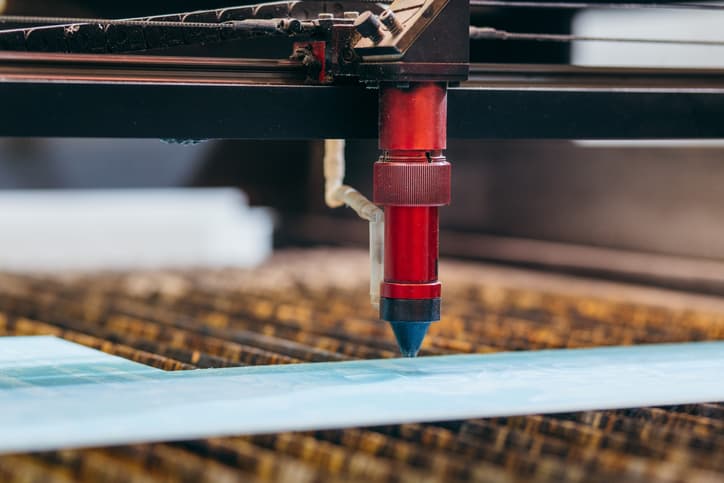
4. Understanding Tube Laser Cutting
A. Principles and Mechanisms
At the heart of tube laser cutting lies a set of principles and mechanisms that define its precision and efficiency. The process involves the interaction of laser technology with tubes, guided by advanced mechanisms that ensure accurate and clean cuts.
The Key Principles:
1. Laser Focus: The laser beam is precisely focused on the tube's surface, ensuring a concentrated and high-energy cutting point.
2. CNC Precision: Computer numerical control (CNC) systems play a pivotal role in guiding the laser beam along the desired cutting path with unparalleled accuracy.
3. Material Compatibility: Tube laser cutting accommodates various materials, including metals and alloys, offering manufacturers flexibility in material selection.
How It Works:
When a tube is subjected to the focused laser beam, it results in precise cuts with minimal heat-affected zones, ensuring the structural integrity of the material remains intact.
B. Applications and Industries
The versatility of tube laser cutting extends its reach across diverse applications and industries, making it a staple in modern manufacturing processes.
Applications:
i. Automotive: Tube laser cutting is instrumental in crafting precision components for automotive structures, ensuring both durability and lightweight design.
ii. Architecture: The method finds applications in architectural projects, creating intricate tube structures for modern designs and constructions.
Industries:
i. Metal Fabrication: Tube laser cutting is indispensable in metal fabrication, providing a swift and accurate means of processing metal tubes for various applications.
ii. Construction: The construction industry benefits from the precision of tube laser cutting in creating frameworks and structural components.
C. Advantages and Limitations
Advantages:
i. Precision: Tube laser cutting excels in delivering precise cuts, ensuring minimal material waste and impeccable end results.
ii. Flexibility: The method accommodates various tube materials and shapes, providing manufacturers with flexibility in design and material selection.
Limitations:
i. Tube Length: Depending on the machinery, there may be limitations on the length of tubes that can be effectively processed using tube laser cutting.
ii. Initial Investment: Implementing tube laser cutting technology requires a substantial initial investment, which may pose a barrier for some manufacturers.
5. Delving into Fiber Laser Cutting
A. Core Principles and Operation
Entering the realm of fiber laser cutting unveils a set of core principles and an intricate operation that distinguishes it as a powerful method in the world of precision manufacturing.
The Essence of Fiber Laser Cutting:
1. Fiber-Optic Source: At the core of fiber laser cutting is the use of a fiber-optic source, delivering a highly concentrated laser beam for precision cutting.
2. High-Speed Operation: Fiber lasers operate at high speeds, significantly reducing processing time and contributing to overall manufacturing efficiency.
3. Small Focal Spot: The technology ensures a small focal spot size, enabling intricate and detailed cuts across a variety of materials.
How It Operates:
Fiber laser cutting involves the emission of a laser beam from the fiber-optic source, precisely directed by CNC systems to cut through materials with exceptional accuracy and speed.
B. Versatile Applications in Various Sectors
The versatility of fiber laser cutting extends its influence across diverse sectors, offering a reliable solution for an array of applications.
Applications:
i. Metal Fabrication: Fiber laser cutting plays a pivotal role in metal fabrication, offering precision cuts for intricate metal components.
ii. Electronics: The method is embraced in the electronics industry for its ability to cut delicate materials with precision, essential for electronic component manufacturing.
Sectors:
i. Medical: Fiber laser cutting finds applications in the medical sector, contributing to the manufacturing of precise medical instruments and devices.
ii. Automotive: The automotive industry benefits from the speed and precision of fiber laser cutting, ensuring the creation of intricate components for modern vehicles.
C. Comparative Analysis with Tube Laser Cutting
Comparative Advantages:
i. Versatility: While both methods excel in precision, fiber laser cutting's versatility in material compatibility sets it apart, accommodating a broader range of materials.
ii. Speed: Fiber laser cutting typically operates at higher speeds, contributing to faster production cycles compared to tube laser cutting.
Considerations:
i. Complexity: For intricate tube structures, tube laser cutting may offer a more tailored solution, ensuring precision in tube-specific projects.
ii. Cost: Depending on project requirements and material choices, the cost considerations between tube and fiber laser cutting may vary.
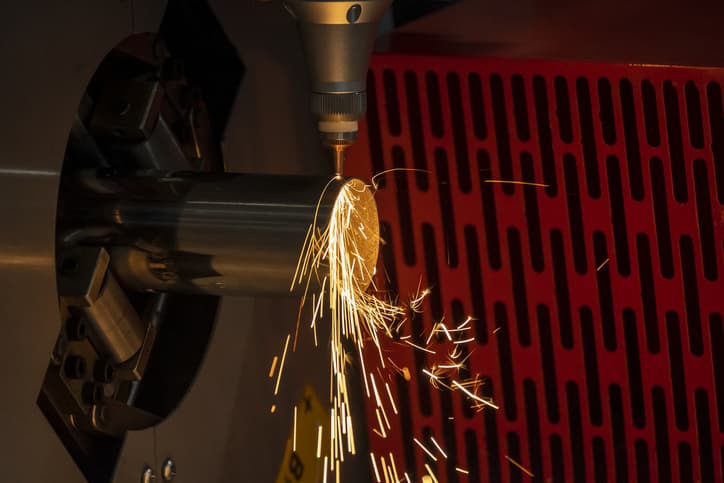
6. Factors Influencing the Decision
A. Material Considerations
Choosing between tube laser cutting and fiber laser cutting is inherently tied to the materials involved in your manufacturing processes. Each method presents unique capabilities concerning material compatibility, influencing the overall success of your projects.
Tube Laser Cutting:
i. Ideal for tube-specific projects, offering precision cuts tailored to tube structures.
ii. Accommodates a range of materials, including metals and alloys, suitable for industries like automotive and construction.
Fiber Laser Cutting:
i. Excels in versatility, capable of cutting through diverse materials, making it suitable for industries with varied material needs.
ii. Ideal for projects demanding precision in delicate materials used in electronics or medical equipment manufacturing.
B. Precision and Tolerance Requirements
The intricacies of your projects, particularly precision and tolerance requirements, play a pivotal role in the decision-making process.
Tube Laser Cutting:
i. Well-suited for projects demanding precision in tube-specific designs, ensuring minimal material waste and impeccable results.
ii. Ideal for applications in architecture or metal fabrication, where precise tube structures are crucial.
Fiber Laser Cutting:
i. Excels in intricate and detailed cuts across various materials, making it suitable for projects with diverse precision requirements.
ii. Ideal for applications in the electronics or medical sectors, where intricate cuts are essential.
C. Production Volume and Speed
Considerations regarding the scale of production and the required speed of processing are crucial in determining the most efficient method for your manufacturing needs.
Tube Laser Cutting:
i. Suited for projects with lower to moderate production volumes, ensuring precision in each cut.
ii. Offers reliability in projects where speed is secondary to precision and customization.
Fiber Laser Cutting:
i. Excels in projects demanding high production speed, contributing to faster overall processing cycles.
ii. Ideal for industries where efficiency and speed are paramount, such as automotive or large-scale metal fabrication.
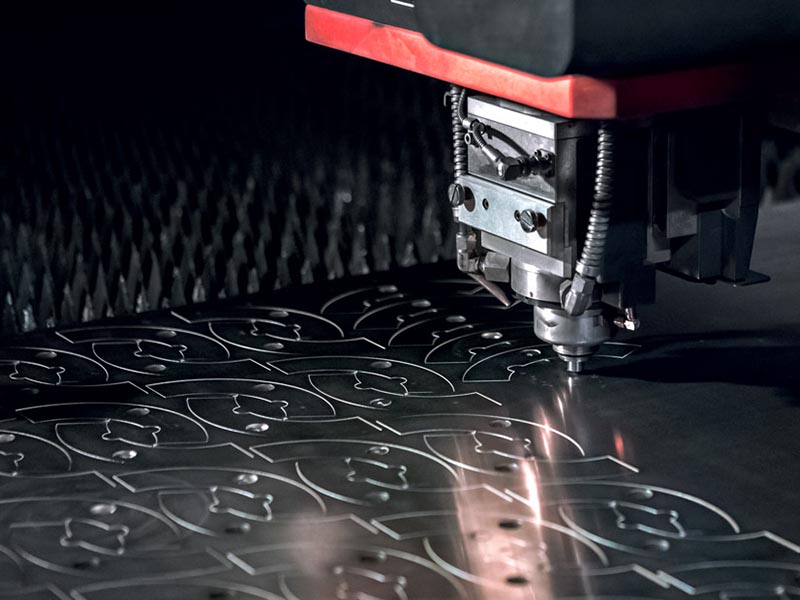
7. How to Choose the Right Fiber Laser Cutting Machine?
Investing in a fiber laser cutting machine is a significant decision for any manufacturer. The right machine can enhance efficiency, precision, and overall productivity. Here's a comprehensive guide to help you navigate through the considerations when selecting the optimal fiber laser cutting machine for your specific needs:
A. Power and Wattage
One of the primary considerations is the power and wattage of the fiber laser cutting machine. The power level determines the machine's capability to cut through different materials and thicknesses. Assess your project requirements and choose a machine with adequate power to meet your cutting demands.
B. Cutting Area Size
Consider the cutting area size of the machine, ensuring it accommodates the dimensions of the materials you typically work with. A larger cutting area provides flexibility for handling various sheet sizes, contributing to increased versatility in your manufacturing processes.
C. Automation and Control Systems
The level of automation and control systems in a fiber laser cutting machine can significantly impact efficiency. Look for machines equipped with advanced CNC control systems that offer precise control over the cutting process. Automation features, such as material handling systems, can further streamline operations.
D. Maintenance and Serviceability
Consider the maintenance requirements of the machine. Opt for a model that is designed for ease of maintenance and provides accessibility to critical components. Additionally, inquire about the availability of reliable customer support and service to address any issues promptly.
E. Software Compatibility
Ensure that the fiber laser cutting machine is compatible with industry-standard software. This compatibility ensures seamless integration into your existing workflow and allows for efficient design transfer to the machine for accurate cutting.
F. Reputation and Reviews
Research the reputation of the manufacturer and the specific model you are considering. Reading customer reviews and testimonials can provide valuable insights into the performance, reliability, and overall satisfaction of other users with similar operational requirements.
G. Budget Considerations
While considering the features and capabilities of a fiber laser cutting machine, it's essential to align your choices with your budget constraints. Evaluate the cost-effectiveness of the machine in relation to its capabilities and the long-term benefits it offers to your manufacturing processes.
By meticulously assessing these factors, you can make an informed decision and select a fiber laser cutting machine that aligns with your production requirements, ensuring optimal results and efficiency in your manufacturing endeavors.
Conclusion
As you navigate the intricate landscape of laser cutting technologies, remember that the right choice empowers your manufacturing prowess. Choosing the Best Laser Cutting Machine is not just a decision; it's an investment in precision and efficiency. Explore the possibilities with Krrass, a leading Fiber Laser Cutting Machine manufacturer in China. Elevate your manufacturing standards with cutting-edge technology at https://www.krrass.com/.
Read More:
Top 10 Laser Cutting Machine Manufacturer 2023
How Much Does a Laser Cutting Machine Cost?
